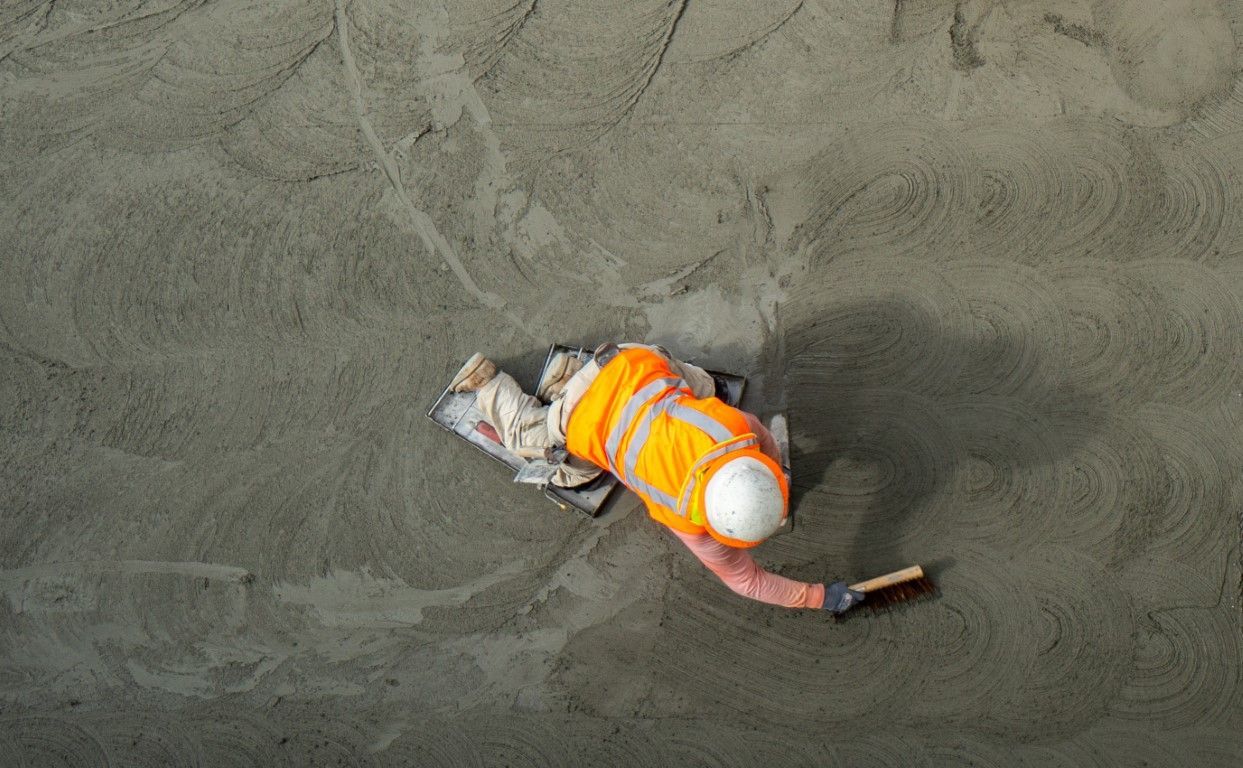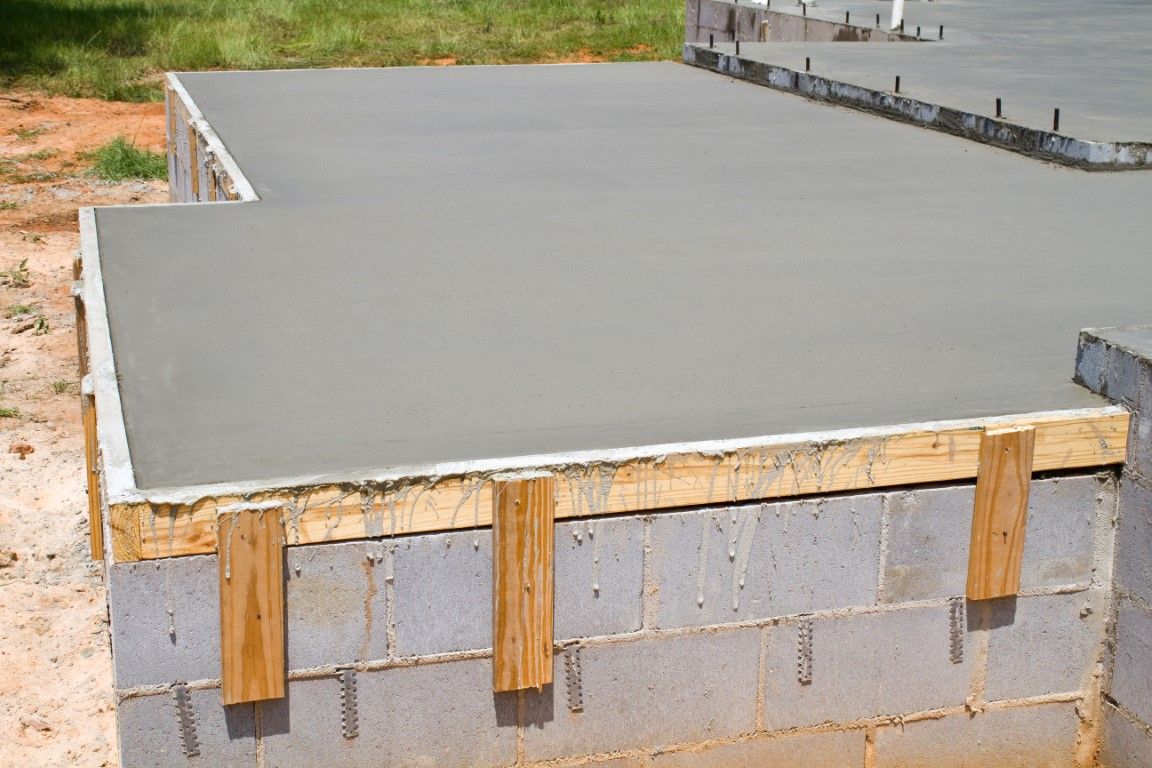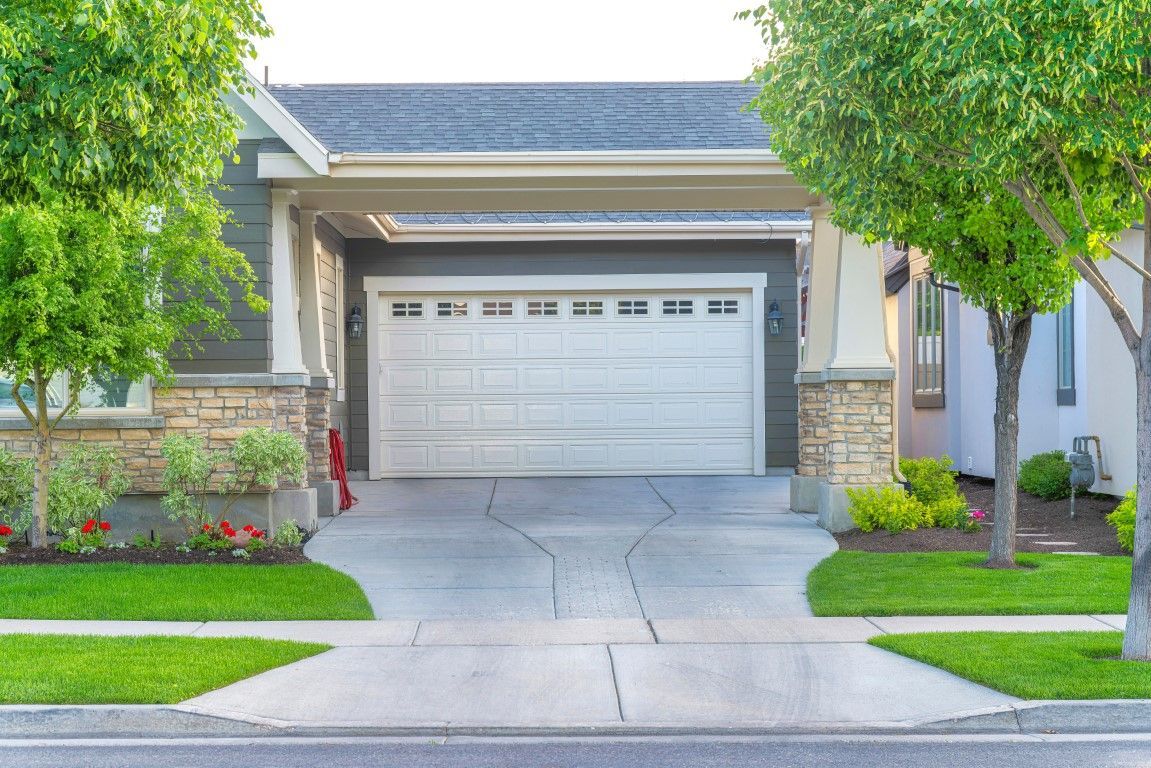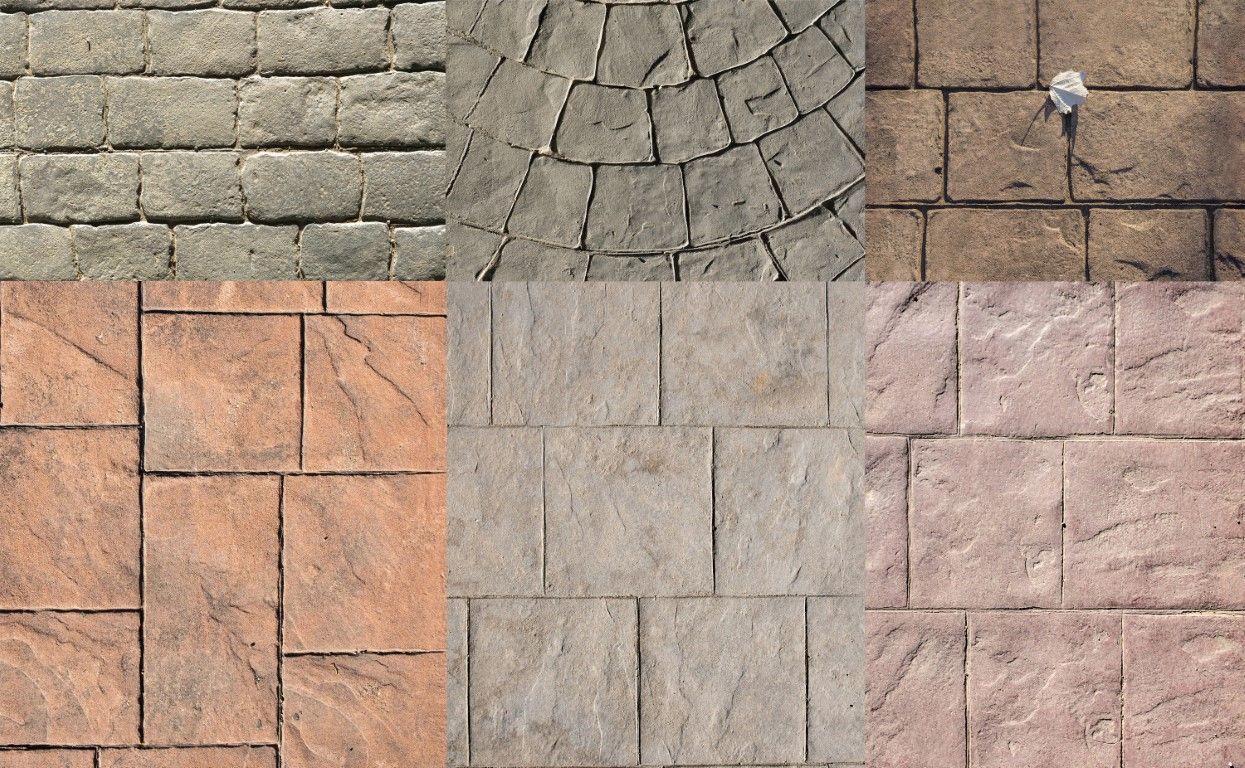Why Concrete Cracks: Different Types and What They Mean
Ever notice concrete cracks in your driveway or patio? Chances are, you have. Concrete is a very durable material that is used for driveways and patios, as well as walkways and other structures. But concrete cracks due to several different factors such as poor soil prep, poor concrete mixtures, and curing issues.
In this blog post, we will discuss concrete cracks: what they mean and how to plan the project in Melbourne, FL.
What is concrete, and what are the ingredients that make up a typical mix?
Concrete is made up of cement, water and aggregate. Aggregate is concrete's main ingredient: sand, gravel or crushed stone that acts as the glue for concrete to hold together when mixed with cement and water.
The ingredients in concrete may vary depending on what type of concrete it is (e.g. Portland cement concrete) but there are other additives you might see such as fly ash or slag which replaces some of the more environmentally damaging fillers found in traditional mixes like limestone and shale dusts
It may contain other ingredients such as fiberglass fibers, aluminum powder, polycarboxylate super plasticizer (PCA), flyash or slag cementing agent instead of Portland Cement - these additives help make concrete even stronger by adding extra strength to the material!
Why does concrete crack, and how can you tell if it's about to split or break?
The reasons concrete cracks is a complicated process, but concrete has a lifespan and will eventually crack.
Here are some common reasons why concrete cracks:
- Too much water in the mix. If this happens, the concrete will fail to set properly and eventually crack.
- Exposure to freezing and thawing cycles (this is less of a concern in Melbourne)
- Age of concrete, specifically with concrete from the 20s or 30s is more likely to crack because it does not contain air bubbles.
- Inferior material - for example, sand that contains too much clay can cause concrete problems.
- The mix didn't harden properly- this includes improperly mixed concrete where there are clumps in the mixture! This will allow water to penetrate into the cracks as they grow larger due to freeze-thaw cycles.
- Horizontal movement: The ground underneath a concrete slab may shift over time resulting in cracking at right angles (slab edge). Vertical cracks form when stresses related to environmental factors like temperature changes or shrinkage result in small divisions.
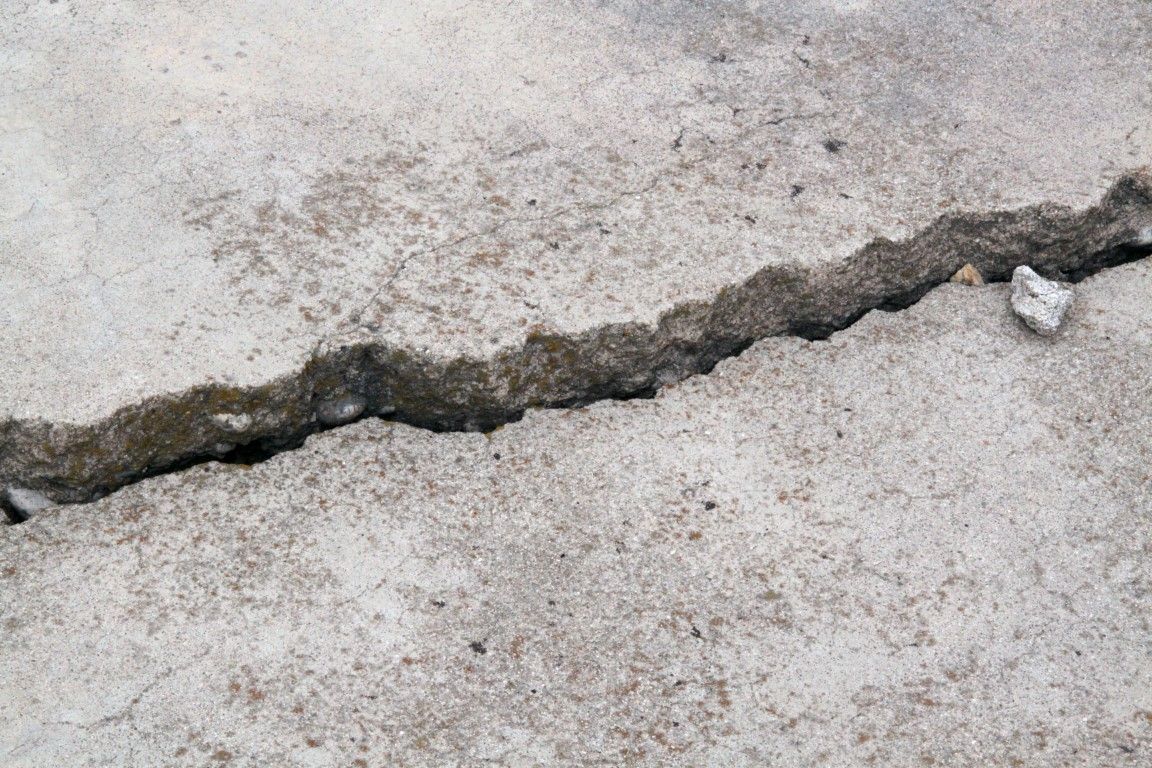
Concrete Cracks
How does soil prep factor into concrete cracking?
Poorly compacted soil can lead to concrete cracking. If the soil is not compacted enough, this can cause it to move and settle over time. The concrete will follow suit and crack as a result, which then leaves voids underneath that water seeps into.
Drought is also a leading cause of soil failure. A number of factors, such as dry soil or warm weather during periods of low rainfall, can cause your concrete to shrink and lose its structural integrity. The concrete eventually cracks and sinks into these empty areas when no weight is placed on it.
Flooding is another reason soil becomes unstable. Melbourne gets heavy rains in the summer, and when the rain occurs, it is easy for water to get under the slab because cracks are left over from dry periods when moisture cannot completely penetrate the concrete.
The wet, soft soil is unable to support the concrete above it. In the worst case scenario, the soil erodes and washes away completely, causing large voids in the ground which are not able to support any weight of concrete that is placed above them.
How do different types of cracks form in concrete - including hairline, shallow, deep, slab edge and vertical cracks?
Concrete crack can form due to the following reasons:
- Hairline
- these are very small, thin lines in concrete that usually appear as a result of shrinkage from freezing;
- Shallow
- this type of crack forms on concrete when it has been exposed to extreme temperatures or due to freeze/thaw cycles; they may also occur at joints where two pieces meet; if not repaired quickly enough, then deep cracking can soon follow.
- Deep
- these types form because concrete has dried out too much before being used (due to lack of proper curing) which causes deeper horizontal cracks and vertical ones near the surface eventually leading to breakage
- Slab edges - these types of concrete cracks are usually caused due to insufficient support for the concrete slab and can lead to a very serious issue called spalling.
- Vertical - is when loose pieces in concrete break off from the side.
As for premature drying, there are two common types of cracks associated with this..
- Crazing cracks
- These are Fine cracks that resemble spider webs or shattered glass are symptoms of a concrete slab losing moisture too quickly. While unsightly, these cracks do not pose a structural concern.
- Crusting cracks - Crusting can happen during stamping, which involves adding texture or pattern to concrete surfaces. This often happens when the top of the slab dries first and becomes crusty on sunny or windy days.
It's important that you know how to identify various types of concrete cracking issues, so you can contact professionals as soon as possible before they get worse!
What is acceptable concrete cracks?
A small crack in a tile of less than 1/8 inch width is typically the result of normal shrinkage and is not cause for concern. However, if the crack has increased in size or both pieces are elevated on opposite sides, then you should consult a structural specialist.
What can I use to fill concrete cracks?
If you want to save money, concrete cracks can be repaired with an epoxy-based sealant. However, when concrete cracks, it will usually start off small and then widen over time. The epoxy sealant can be used for regular concrete cracks but if the crack is deep or wide enough that you want to ensure a single repair has been achieved then you should have someone who knows what they are doing come out and patch the concrete before applying an epoxy sealant on top of the concrete patches.
If a crack is wider than 1/4 inch, it should be patched with a concrete patching compound. If the crack is narrower than or about 1/4 inch in width, it can be repaired using an adhesive type of product such as liquid filler or caulking. However, concrete patches are more durable and less likely to crack than caulking.
The best way to seal cracks in your concrete is with Quikrete Crack Seal. Just pour the latex repair liquid into the groove, where it dries to a natural color of stone or cement and lasts longer than any other product on the market! It's perfect for horizontal and vertical applications as well.
Steps to prevent concrete cracks
If you're having new concrete poured consider the following ways to prevent cracking:
- Start with a solid subgrade. If concrete is poured on top of an un-even subgrade, it will settle differently in different areas. A sound subgrade prevents this from happening and evens out the concrete surface.
- Modify the concrete mix. For example, concrete made with a high percentage of air produces concrete that has fewer cracks. Keep environmental conditions as constant as possible during construction and curing (i.e., maintain relative humidity levels).
- Install joints for concrete slabs. Joints provide a place where cracks can start and then progress to the edge of concrete rather than through it, preventing major damage from stresses that are not perpendicular to concrete surfaces.
- Properly cure the concrete after pouring. This is the last concrete-related point that should be considered, but it's one of the most important factors in preventing concrete cracking.
Some concrete cracks are superficial and do not affect performance or safety; these can usually be repaired by grinding them off with a concrete saw to expose fresh concrete surface underneath
Other concrete cracking is a result of excessive drying or shrinkage. This is often seen in poorly-designed concrete structures, where the concrete did not receive an adequate amount of moisture before it hardened and shrank.
Conclusion
Concrete is a durable material that can last for decades. However, concrete cracks are common and happen due to many different factors, including freeze-thaw cycles or old age of the concrete itself. The good news is that concrete cracks don’t have to remain permanent fixtures on your driveway or patio; there are concrete crack repair options available! Consult with Manatee Concrete in Melbourne, FL about how we can help you fix any concrete cracking problems in an affordable way today. Give us a call at (321) 732-6123!
